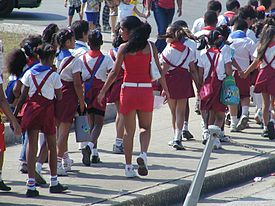Education in China is primarily managed by the state-run public education system, which falls under the Ministry of Education. All citizens must attend school for a minimum of nine years, known as nine-year compulsory education, which is funded by the government.
Education in Mexico has a long history. Indigenous peoples created institutions such as the telpochcalli and the calmecac. The Royal and Pontifical University of Mexico, the second oldest university in the Americas, was founded by royal decree in 1551. Education in Mexico was, until the early twentieth century, largely confined to males from urban and wealthy segments and under the auspices of the Catholic Church.

Education in Iran is centralized and divided into K-12 education plus higher education. Elementary and secondary education is supervised by the Ministry of Education and higher education is under the supervision of Ministry of Science, Research and Technology and Ministry of Health and Medical Education for medical sciences. As of 2016, around 86% of the Iranian adult population is literate. This rate increases to 97% among young adults ages between 15 and 24 without any gender consideration. By 2007, Iran had a student-to-workforce population ratio of 10.2%, standing among the countries with the highest ratio in the world.

The system of education in Uganda has a structure of 7 years of primary education, 6 years of secondary education, and 3 to 5 years of post-secondary education. Education in Uganda is administered in English. All throughout the levels in the education structure, modules are taught and assessed in English. The government of Uganda recognizes education as a basic human right and continues to strive to provide free primary education to all children in the country. However, issues with funding, teacher training, rural populations, and inadequate facilities continue to hinder the progress of educational development in Uganda. Girls in Uganda are disproportionately discriminated against in terms of education; they face harsher barriers when trying to gain an education and it has left the female population disenfranchised, despite government efforts to close the gap.

Education in Iraq is administered by the Ministry of Education.

Education in Botswana is provided by public schools and private schools. Education in Botswana is governed by the Ministries of Basic Education. and Tertiary, Research Science and Technology Among sub-Saharan African countries, Botswana has one of the highest literacy rates. According to The World Factbook - Central Intelligence Agency as of 2015, 88.5% of the population age 15 and over can read and write in Botswana were respectively literate.

Education in Nepal has been modeled on the Indian system, which is in turn the legacy of the old British Raj. The National Examinations Board (NEB) supervises all standardized tests. The Ministry of Education is responsible for managing educational activities in Nepal. The National Center for Educational Development (NCED) is Nepal's teacher-training body.
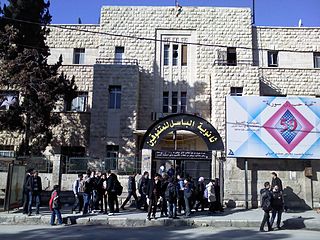
Education in the Syrian Arab Republic is given the necessary attention and care by the Syrian state, as the Constitution of Syria guarantees the right to education to every citizen, which is compulsory and free at primary level. It is free but not compulsory at the secondary level and higher education is available for a symbolic fee. the primary level includes 3 stages, 1 which include grades 1 to 6, while 2 includes grades 7 to 9,and lastly 3 grades 10 to 12

Literacy in India is a key for social-economic progress. The 2011 census, indicated a 2001–2011 literacy growth of 97.2%, which is slower than the growth seen during the previous decade. An old analytical 1990 study estimated that it would take until 2060 for India to achieve universal literacy at then-current rate of progress.
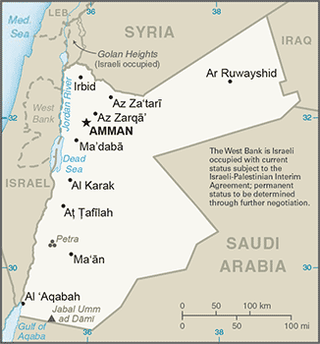
The education system of the Hashemite Kingdom of Jordan includes basic, secondary, and higher education and has dramatically evolved since the establishment of the state in the early 1900s. The role played by a good education system has been significant in the development of Jordan from a predominantly agrarian to an industrialized nation over time.

Education in Guyana is provided largely by the Government of Guyana, through the Ministry of Education and its arms in the ten different regions of the country. Guyana's education system is a legacy from its time as British Guiana, and is similar to that of the other anglophone member states of the Caribbean Community, which are affiliated to the Caribbean Examinations Council (CXC). School curricula, funding, standards and other policies are set by the central government and implemented through the Ministry of Education and related agencies. The Education System is divided into eleven districts, ten of which correspond to the national administrative and geographical regions of the country, while the capital, Georgetown, is treated as a separate education district, district 11. With 8.3% of its GDP spent on education, Guyana sits with Cuba, Iceland, Denmark and Botswana as among the few countries with top spending on education.
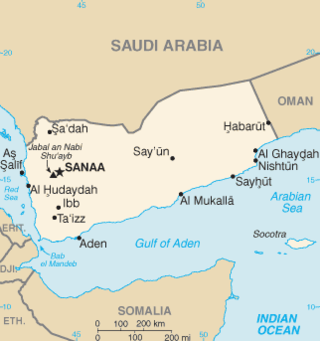
Yemen ranked 150 out of 177 in the 2006 Human Development Index and 121 out of 140 countries in the Gender Development Index (2006). In 2005, 81 percent of Yemen's school-age population was enrolled in primary school; enrollment of the female population was 74 percent. Then in 2005, about 46 percent of the school-age population was enrolled in secondary school, including only 30 percent of eligible females. The country is still struggling to provide the requisite infrastructure. School facilities and educational materials are of poor quality, classrooms are too few in number, and the teaching faculty is inadequate.
Mongolia's education system has undergone colossal changes in the 20th century. The education reforms during communist times were a stark break with traditional education that was often religious and esoteric. These reforms were modeled on Soviet education systems and greatly expanded access to education for Mongolian citizens. Among the changes was a transition from the traditional Mongolian script, from 1941 to 1946, to the Cyrillic alphabet. Literacy was greatly expanded as most of the population enjoyed free primary school. However, the move to democracy and free markets in the 1990s has had some negative impacts on education in Mongolia, though these setbacks have been ameliorated some by an improving economy and policy reforms. Many adults benefit from the non-formal distance education programmes sponsored by the government in conjunction with foreign NGOs. Today education in Mongolia is overseen by the Ministry of Education, Culture, and Science.

Education in Angola has six years of compulsory education, under the Angolan Education Law (13/01) of 31 December 2001. Basic adult literacy continues to be low, but there are conflicting figures from government and other sources. It is difficult to assess literacy and education needs. According to 2015 estimates, the literacy rate in Angola is 71.1% . On the other hand, the university system has been developing considerably over the last decade.

Education in Ivory Coast continues to face many challenges. Among sub-Saharan African countries, Ivory Coast has one of the highest literacy rates. According to The World Factbook - Central Intelligence Agency as of facts. The literacy rate for adults remains low: in 2000, it was estimated that only 48.7% of the total population was literate. Many children between 6 and 10 years are not enrolled in school, mainly children of poor families. The majority of students in secondary education are male. At the end of secondary education, students can sit the Baccalauréat examination. The country has universities in Abidjan, Bouaké, and Yamoussoukro.

In the Dominican Republic, education is free and compulsory at the elementary level, and free but non-mandatory at the secondary level. It is divided into four stages:
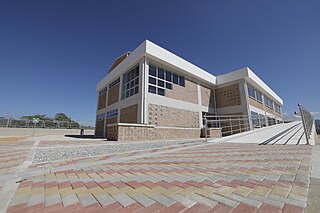
Education in Guatemala is under the jurisdiction of the Ministry of Education which oversees formulating, implementing and supervising the national educational policy. According to the Constitution of Guatemala, education is compulsory and free in public schools for the initial, primary and secondary levels. There is a five-tier system of education starting with primary school, followed by secondary school and tertiary education, depending on the level of technical training.
Education in Uruguay is compulsory for a total of fourteen years, beginning at the preschool level, and is free from the pre-primary through the university level. In 1996, the gross primary enrollment rate was 111.7 percent, and the net primary enrollment rate was 92.9 percent. Primary school attendance rates were unavailable for Uruguay as of 2001.
The history of education in Angola refers to the formal education in Angola during the different periods of Portuguese presence and colonial occupation as well as during the postcolonial phases.

The Cuban literacy campaign was an eight-month long effort to abolish illiteracy in Cuba after the Cuban Revolution.

